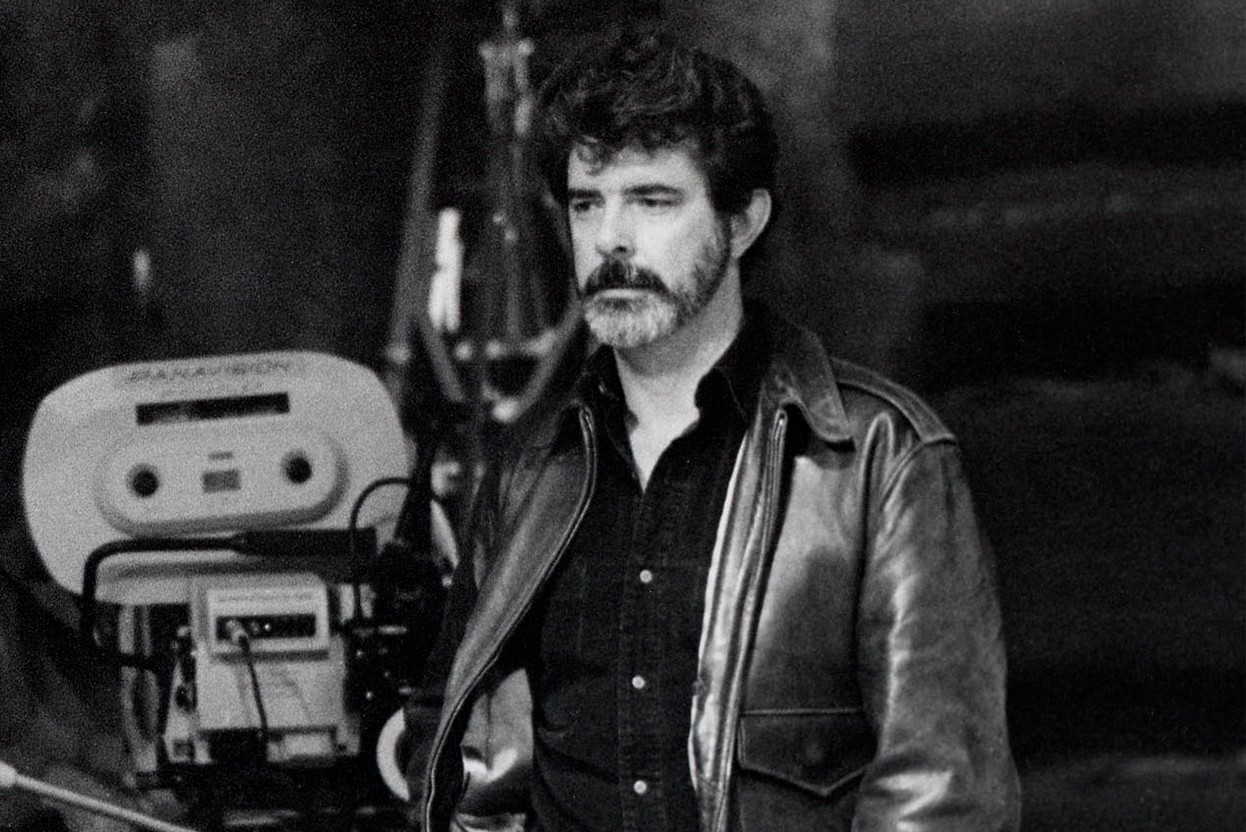- Joined
- Dec 18, 2021
- Messages
- 290
- Likes
- 449
From the Fletcher-Munson curves we know that the ratio between sound pressure level per frequency needs to vary with overall loudness level in order to perceive equal loudness over the entire audible spectrum. At low listening levels much more energy is needed for a bass note to sound equally loud as a mid frequency tone than at high listening levels.
This means that we only perceive equal loudness at one specific mutual ratio of the sound pressure levels of the woofer and tweeter (assuming a two-way system for simplicity).
I ask myself: at which sound pressure level do the loudspeaker manufacturers adjust the balance between the woofer and tweeter?
This means that we only perceive equal loudness at one specific mutual ratio of the sound pressure levels of the woofer and tweeter (assuming a two-way system for simplicity).
I ask myself: at which sound pressure level do the loudspeaker manufacturers adjust the balance between the woofer and tweeter?

